Client Alert
Federal Reserve Expands Main Street Lending Program to Nonprofit Organizations and Updates FAQs
July 20, 2020
By Paul Hastings LLP
The Board of Governors of the Federal Reserve System (the “Federal Reserve”) followed through on its promise to expand the Main Street Lending Program (the “Program”) by opening two new loan facilities accessible to nonprofit organizations (e.g., educational institutions, hospitals, and social service organizations). The Federal Reserve had previously announced its intention to establish a similar program for nonprofit organizations that are currently ineligible to participate in the Program.
Separately, the Federal Reserve also issued a revised version of the Program’s Frequently Asked Questions (FAQs). Our earlier Stay Currents on the Program can be found here, here, and here.
Main Street Lending Nonprofit Loan Options
The Federal Reserve approved two new loan facilities—a Nonprofit Organization New Loan Facility for new loans to nonprofit organizations and a Nonprofit Organization Expanded Loan Facility to enhance or upsize existing loans to nonprofit organizations—to provide support to tax-exempt nonprofit organizations described in Sections 501(c)(3) and 501(c)(19) of the Internal Revenue Code that were in sound financial condition prior to the pandemic.[1]
The nonprofit loan terms are generally the same as the Main Street New Loan Facility (“MSNLF”), Main Street Expanded Loan Facility (“MSELF”), and Main Street Priority Loan Facility (“MSPLF”), including the interest rate, principal and interest payment deferral, a five-year term, minimum and maximum loan sizes, and borrower and lender commitments/covenants as well as risk retention by lenders. Because of the similarity in so many terms, nonprofit organizations will be able to rely on the current FAQs when seeking clarification on terms (except where terms differ between the applicable facility and all other facilities for which additional FAQs may be forthcoming).
The table below summarizes the key terms of each loan facility and links to the term sheets for additional information.
|
|
Nonprofit Organization |
Nonprofit Organization Expanded Loan Facility |
|
Term |
five years |
|
|
Endowment Cap |
Less than three billion dollars |
|
|
Eligibility Criteria |
|
|
|
Maximum Loan Size |
Lesser of (i) $35 million or |
Lesser of (i) $300 million or (ii) the borrower’s average 2019 quarterly revenue |
|
Minimum Loan Size |
$250,000 |
$10 million |
|
Risk Retention |
five percent (with a 95% interest being purchased by the |
|
|
Principal Repayment |
Principal deferred for two years; years three – five: 15%, 15%, 70% (prepayment permitted without penalty) |
|
|
Interest Payments |
Deferred for one year |
|
|
Interest Rate |
LIBOR (one or three month) + 300 bps |
|
Updated FAQs to Main Street Program Issued
The Federal Reserve also revised the Program’s FAQs, addressing the following matters:
- Waiving CARES Act capital distribution restrictions with respect to tribal businesses paying dividends to tribal governments (FAQs H.15, H.2) and otherwise clarifying the tribal business concern definition (FAQ E.2);
- Incorporating recent changes made by the Small Business Administration to its “Ineligible Business” definition in relation to the Paycheck Protection Program (FAQ E.1) and otherwise clarifying the application of the Ineligible Business definition to prospective borrowers (FAQ E.13);
- Removing the requirement that an eligible lender had purchased an interest in the underlying loan by April 24, 2020 with respect to MSELF Upsized Tranches (FAQ D.4);
- Providing guidance regarding a number of issues, specifically,
- The inclusion of fees in the principal amount of loan (FAQ G.18),
- LIBOR floors (FAQ G.19),
- Financial requirements for businesses established in 2020 (FAQ G.20),
- Fiscal year 2019 financial data (FAQ H.10),
- The use of proceeds under Main Street loans (FAQ G.21),
- The eligibility of sole proprietorships (FAQ E.14), and
- Hedging credit and interest rate risk (FAQ G.26);
- Providing clarity on Portal information security measures (FAQ L.10);
- Providing links to sample legal documents completed for a hypothetical company (FAQ M.5); and
- Clarifying the mortgage debt exception for the MSPLF and MSELF (FAQs C.5 and D.11).
A marked version of the Program FAQs is available here.
* * *
Paul Hastings is actively counselling clients on the Program and other emergency lending programs and stimulus programs adopted to date by the Federal Reserve, the Department of the Treasury, the Small Business Administration, and federal banking agencies. This information remains fluid and subject to change as these emergency lending programs and other stimulus programs are finalized and implemented.
Click Here for a PDF of the Full Text
[1] Other forms of organization may be considered for inclusion as a nonprofit organization under the Program at the discretion of the Federal Reserve.
[2] Non-donation revenues” is calculated as gross revenues minus donations where “donations” include proceeds from fundraising events, federated campaigns, gifts, donor-advised funds, and funds from similar sources, but exclude (i) government grants, (ii) revenues from a supporting organization, (iii) grants from private foundations that are disbursed over the course of more than one calendar year, and (iv) any contributions of property other than money, stocks, bonds, and other securities (noncash contributions), provided such noncash contribution is not sold by the organization in a transaction unrelated to the organization’s tax exempt purpose; and “expenses” are calculated as total expenses minus depreciation, depletion, and amortization.
[3] Operating revenue” will be calculated as unrestricted operating revenue, excluding funds committed to be spent on capital, and including a proxy for endowment income in place of unrestricted investment gains or losses. The methodology used by an eligible lender to calculate adjusted 2019 EBIDA and the proxy for endowment income will be the methodology it has previously used when extending credit to the borrower or similarly situated borrowers on or before June 15, 2020.
[4] Liquid assets” is defined as unrestricted cash and investments that can be accessed and monetized within 30 days.
Contributors
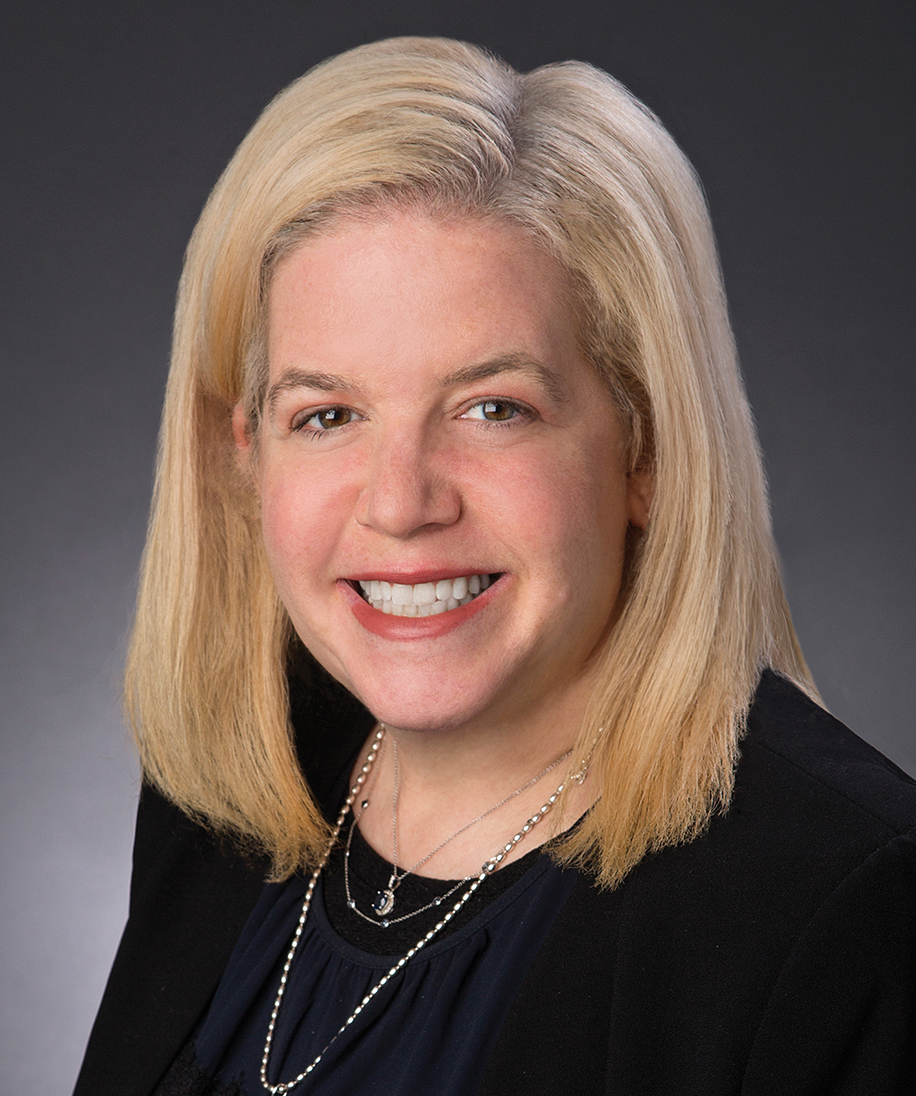

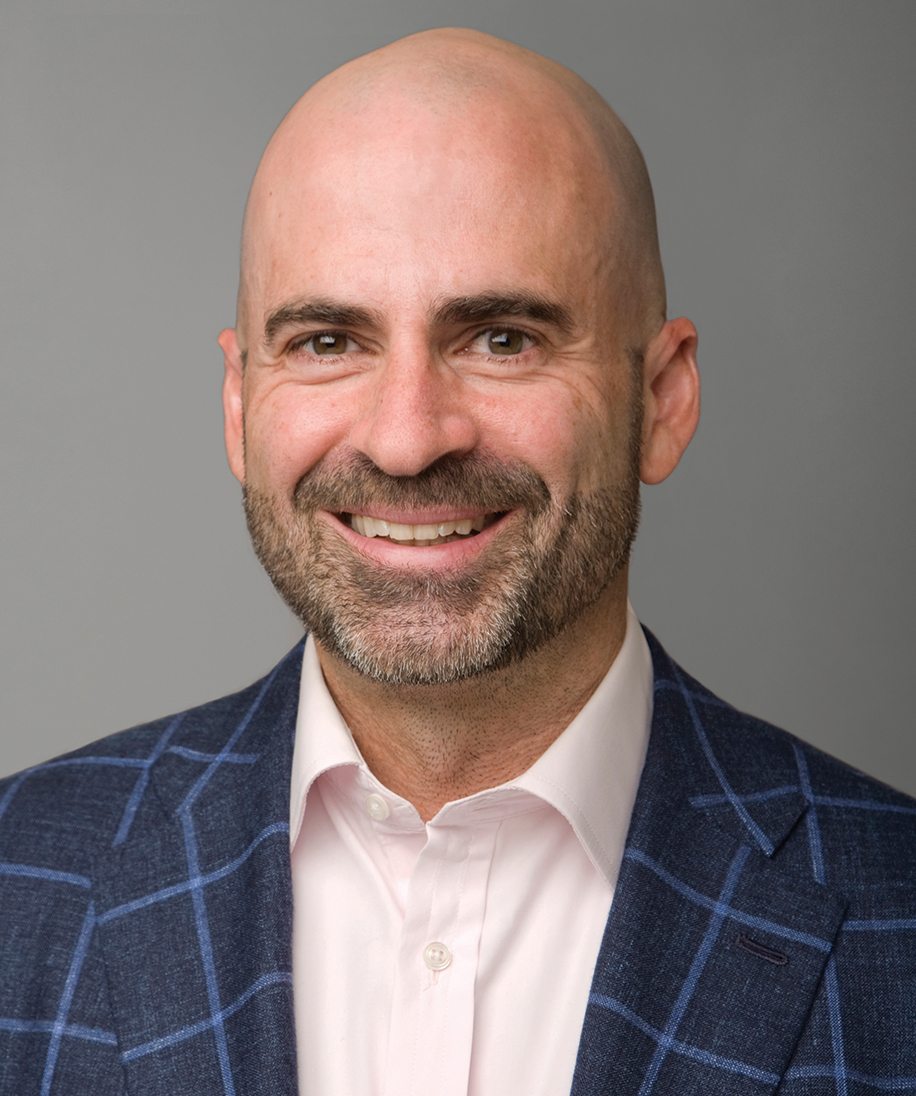
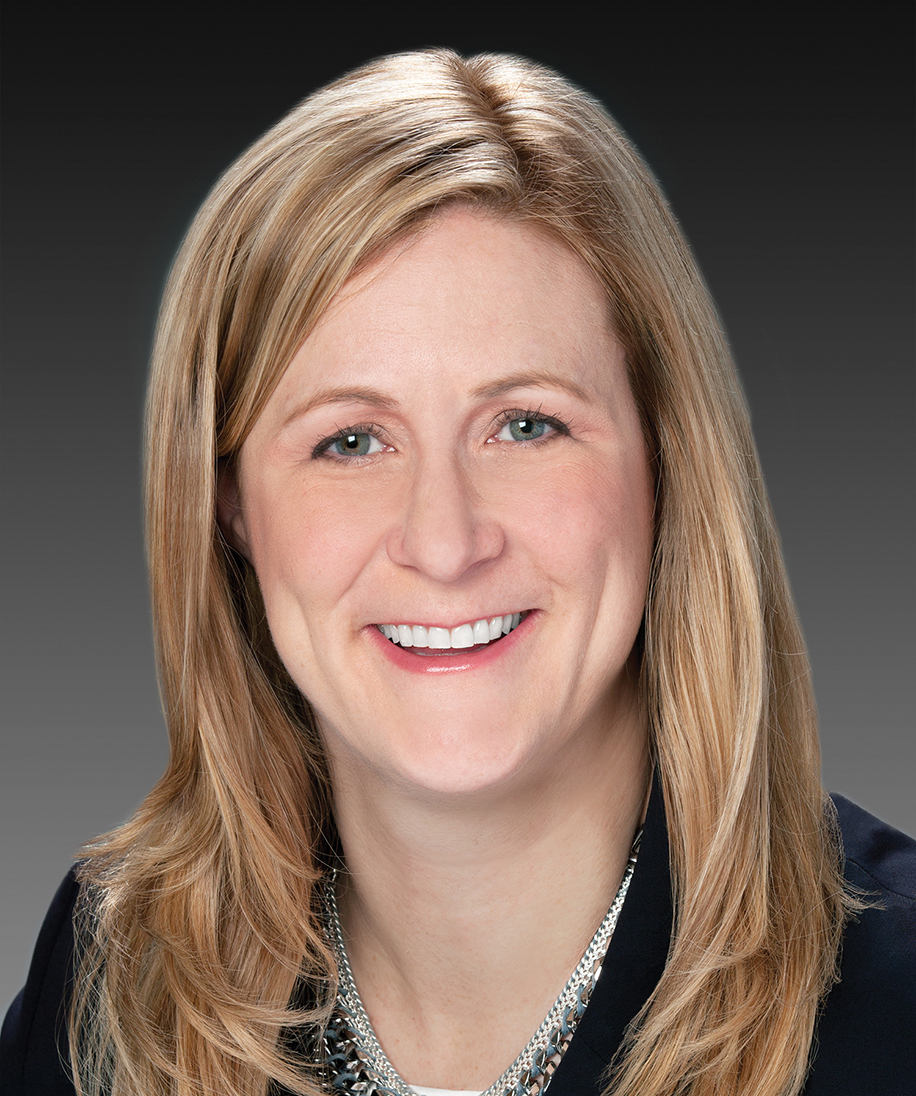
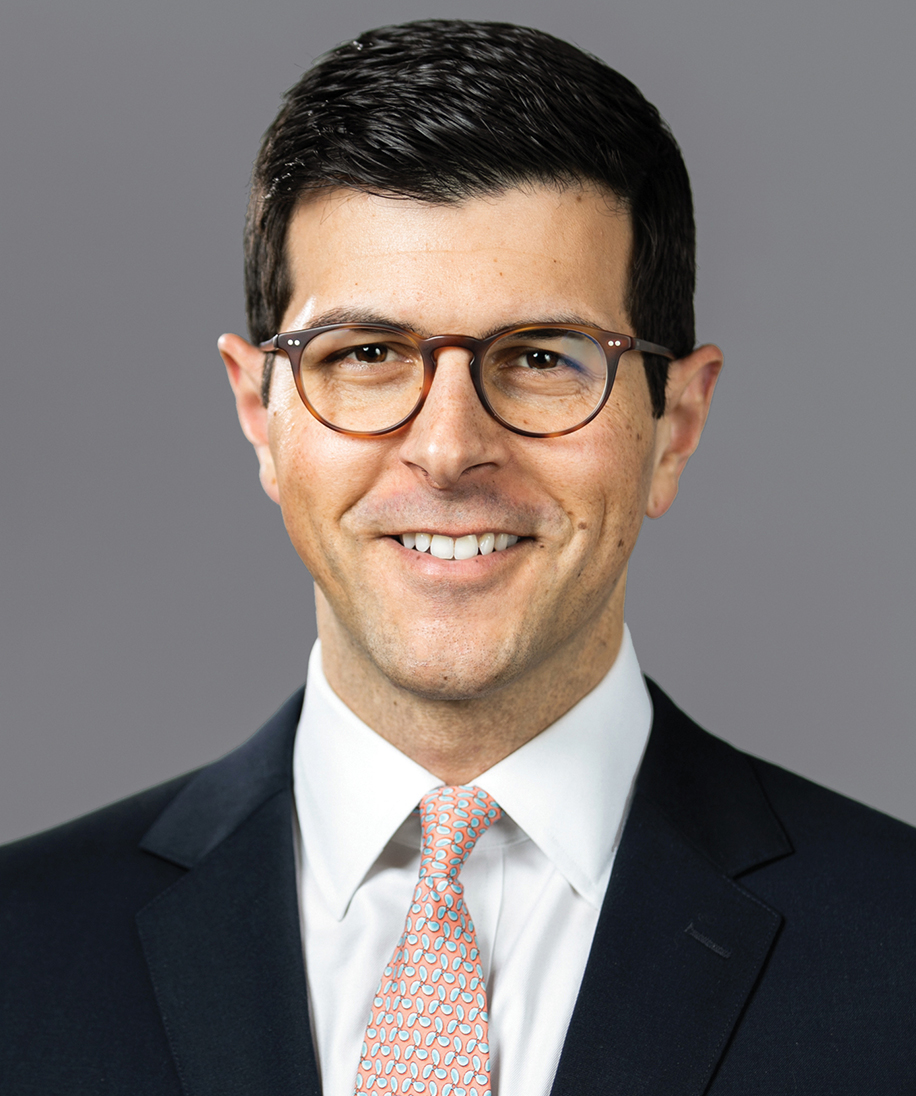

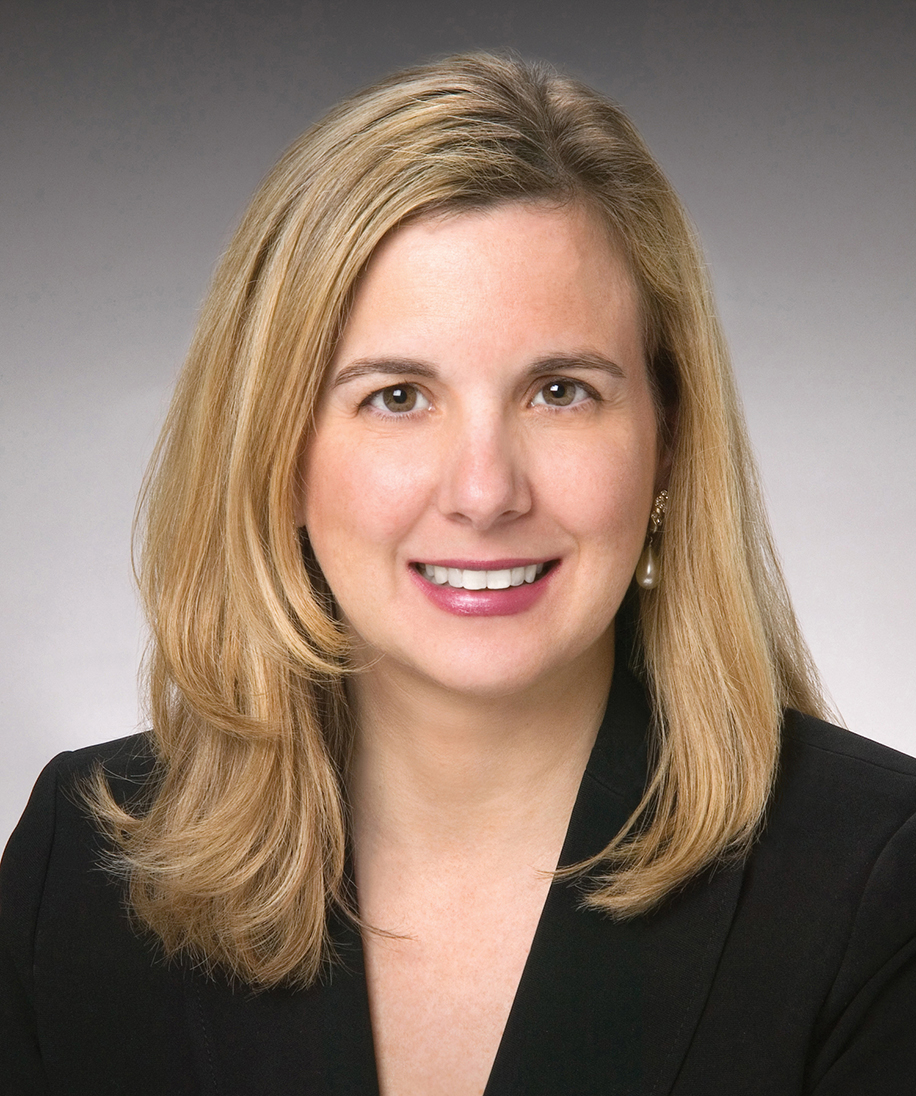


Practice Areas
Securities and Capital Markets
Leveraged & Syndicated Lending
Direct Lending and Private Credit Lending
For More Information








